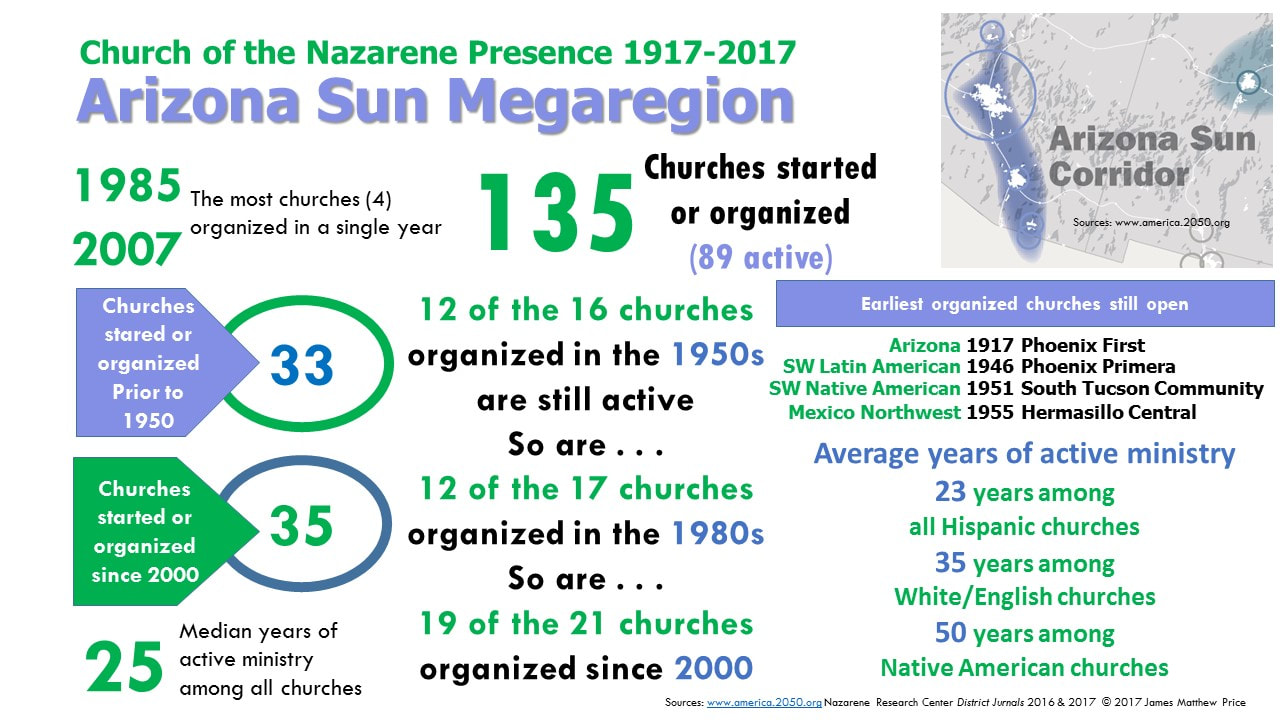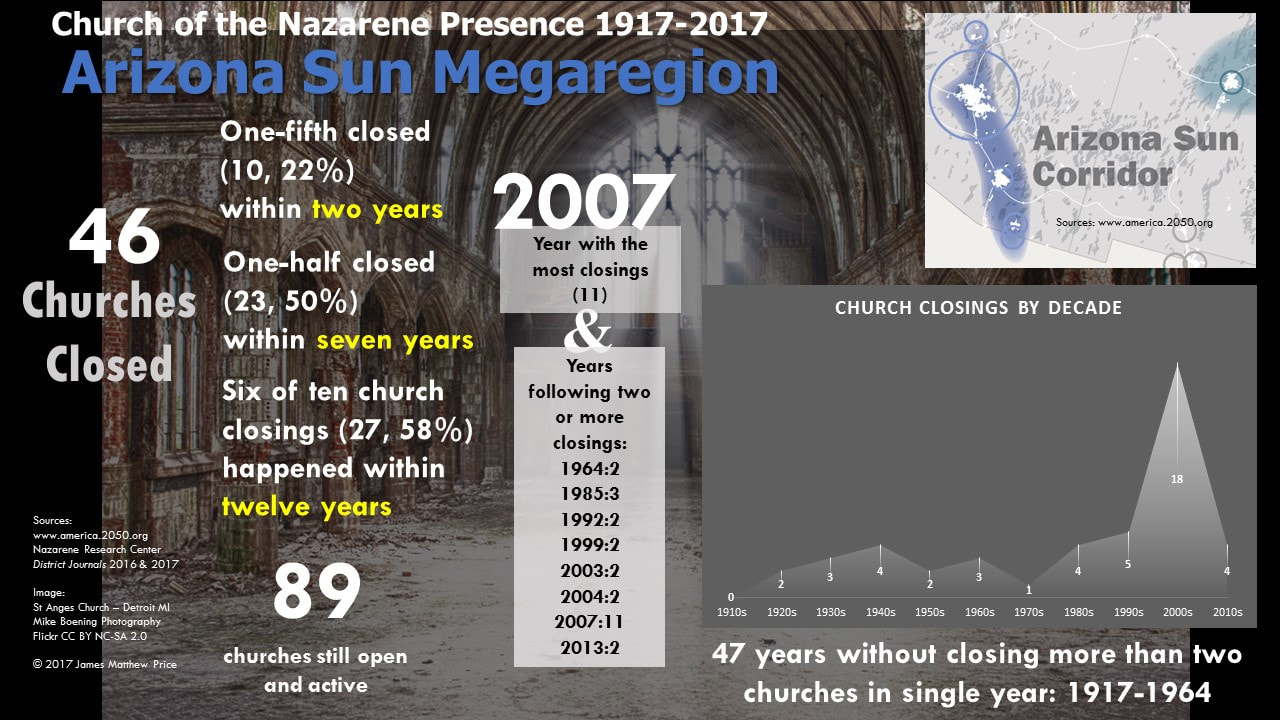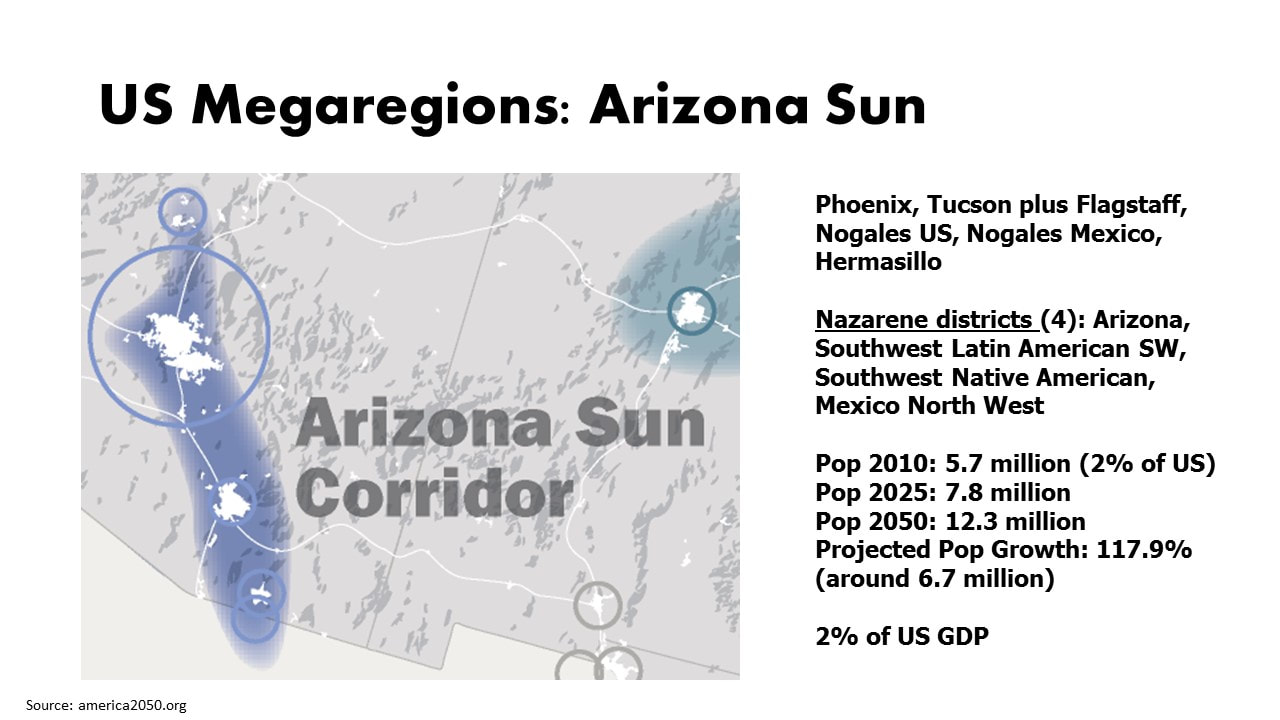|
Aritz ona is a Basque phrase for "good (ona) oaks (aritz)." Word has it that early Spanish explorers and missionaries gave this name to the Sonoran desert when they first saw the grand abundance of this place. Spanish missionary Father Kino first noted the circular migratory routes of the local indigenous peoples. They would move in a circular direction according to seasons for the best hunting grounds and growing cycles, following the footsteps of ancient ancestors. N.B.: Today's U.S.-Mexico border transects this area.
There are many similarities to the missions of southern Texas and along the California coast: same missions, similar history, different contexts. All this to say, this is a context of continual transition. Father Kino established not only left a trail of missions in present-day Arizona and Sonora, but was the first to begin large scale ranching and skill training in blacksmithing and construction. He opposed enslaving indigenous peoples in nearby silver mines, but it happened. Commerce left a legacy not far removed from the present-day. The Jesuits and later Benedictines were pushed out by the secular Mexican government which was later seceded by Americans as they moved west.
One-third of active churches were started or organized since 2000. And, of those organized, nineteen of twenty-one are still active. Until the 1980s, the decades with the most churches organized were the 1950s (12) and 1980s (17). Twelve organized in the 1950s are still active, as well as twelve from the 1980s. The importance of organization is not to be underestimated. Average years of active ministry among all ethnic groups is strong--23 years among Hispanics, 35 among Whites/English speaking, and 50 years among Native Americans. What is amazing is that there are 25 active years in ministry on average among all churches in this megaregion. Durability is a quality right at home among these churches in the desert locale. The next point does not have to be belabored, but a trend is developing around church closings. The trend continues with closing churches on a predictable basis. By the end of the first two years see one-fifth of churches will close (10 - 22%), one-half within seven years (23 - 50%), and six out of ten within twelve years (27 - 58%). By twenty years, seven out of ten churches will have closed on this megaregion. This is true in the Northeast, Cascadia, and Southern California megaregions. There is a need for training church planters not only at start-up, but for the two-year mark, seven-year mark, and twelve-year mark. 2007 was the year with the most closures with eleven. This year is also consistent with many church closings in the Northeast (40), Cascadia (37), and Southern California (26) megaregions. There is something that cannot be looked past. Consider the population numbers now (5.7 million in 2010) and later (12.3 million in 2050). Using the metric of one church per 10,000 people as a way to gauge presence in an area, Nazarenes have 89 churches where there should be 570. In three decades there will be a need for 1,230 churches. There is a wave of people entering this area, and the church may not be ready to engage this context for its next demographic shift. This is like Wiley scrambling up a cliff, not quite catching up to the Roadrunner, and in the end being outwitted again. The context will always matter in missional strategy. Resources
0 Comments
Leave a Reply. |
Bio
teacher, writer, Archives
August 2022
Categories
All
|







 RSS Feed
RSS Feed